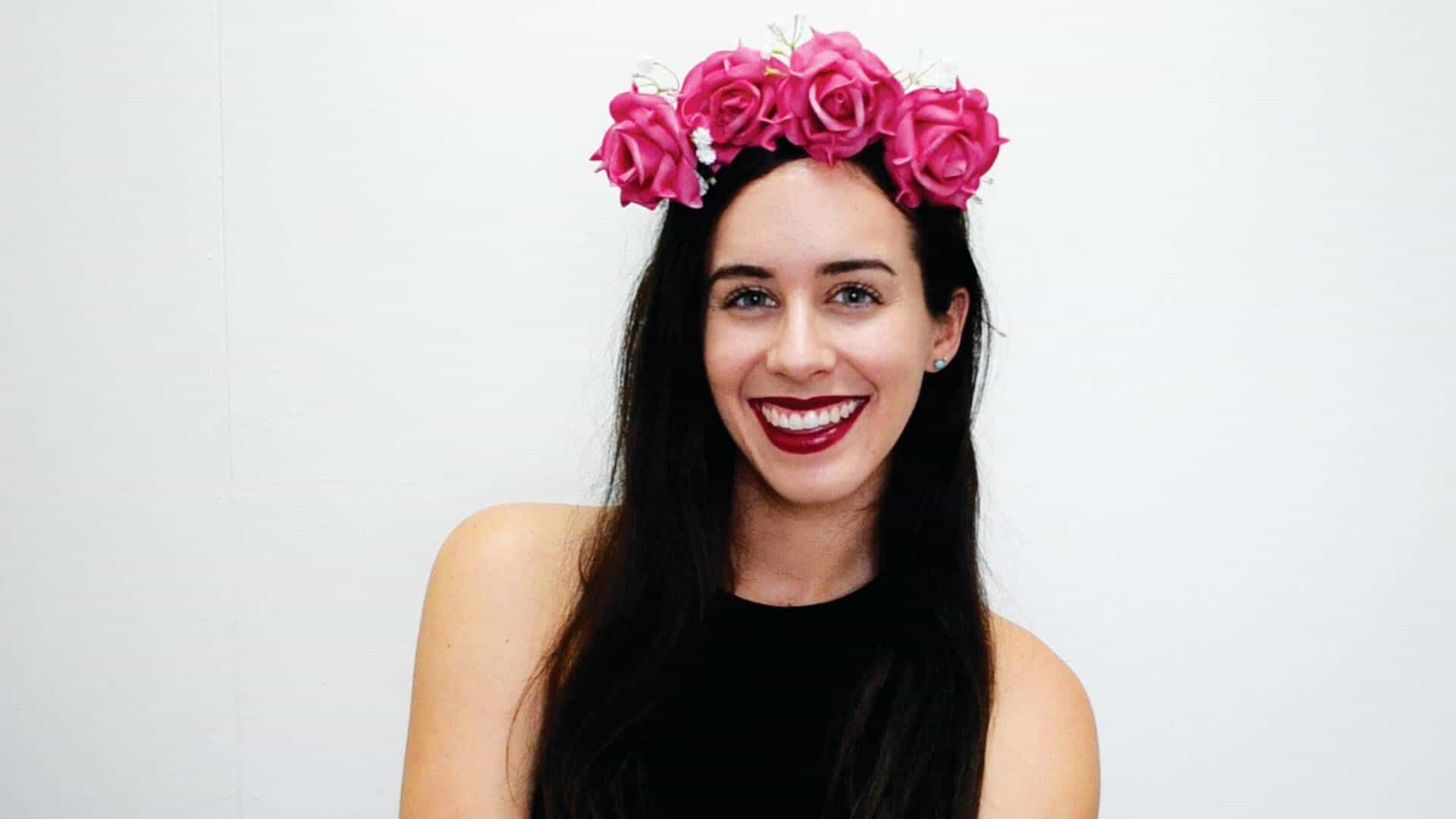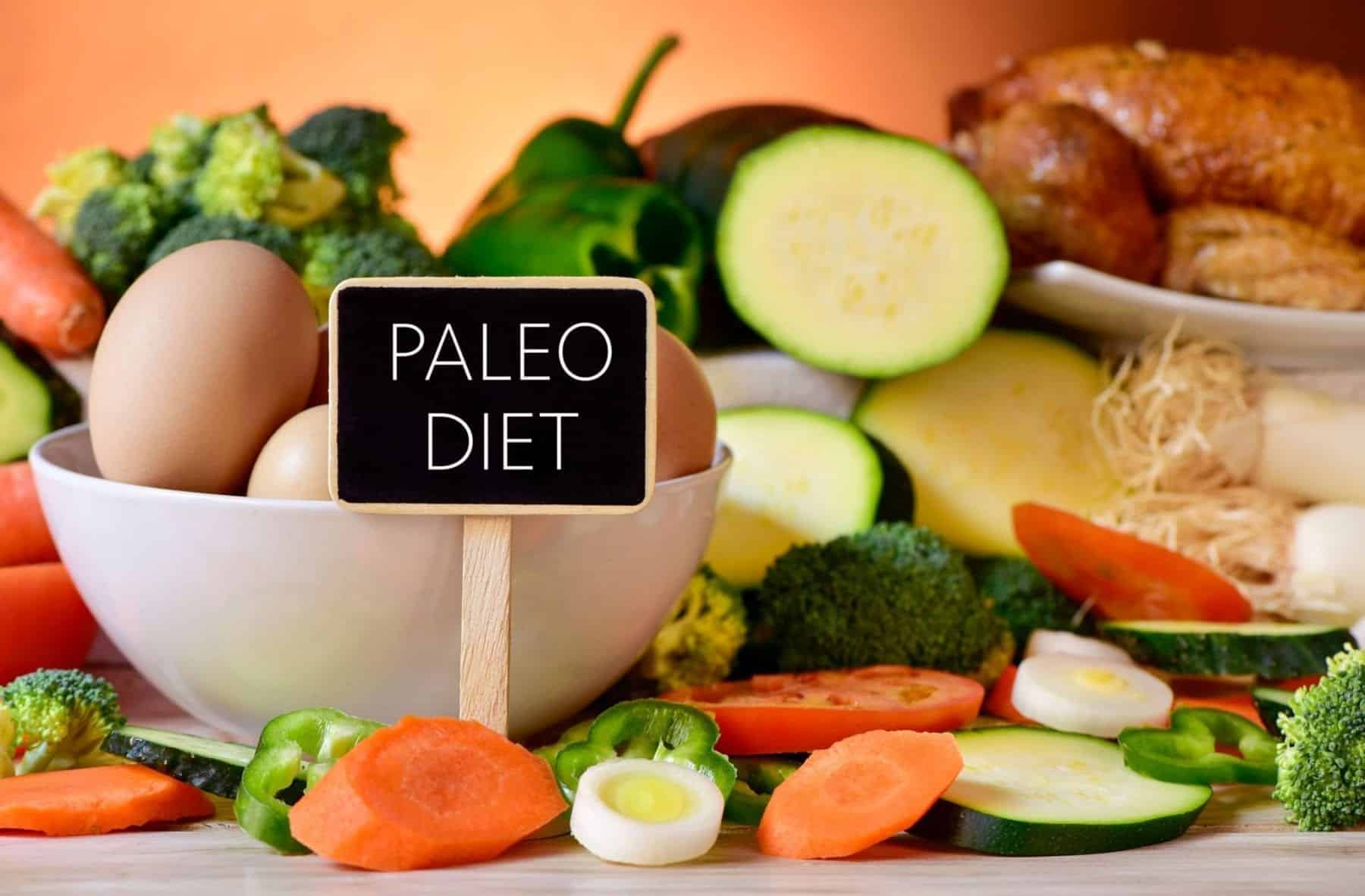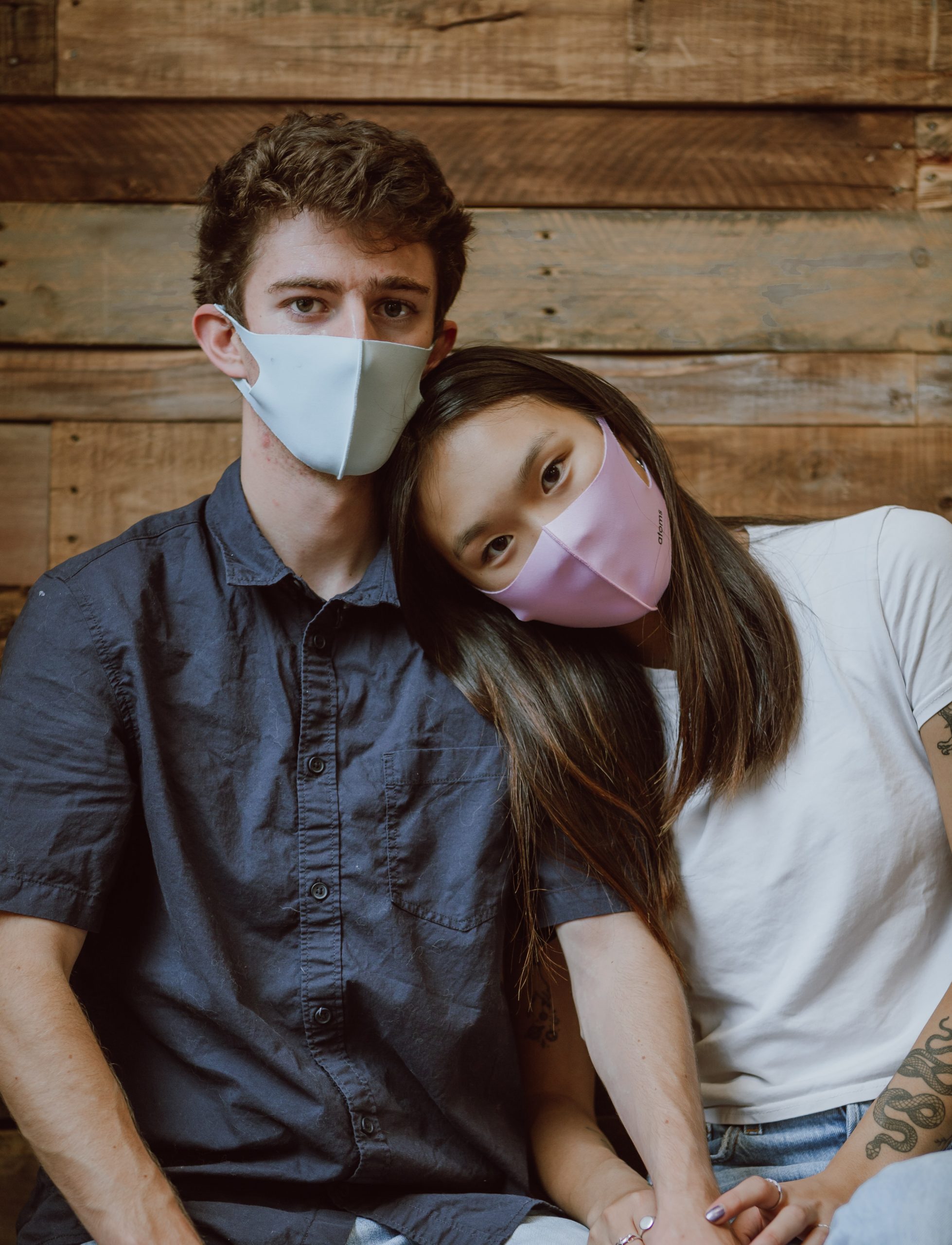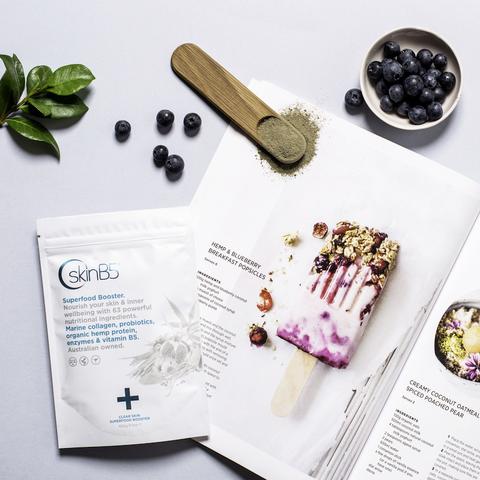It feels like there is a new diet around every corner nowadays. Some of these diets tell us to avoid carbs or go plant-based, while others tell us to eat lots of bananas or say no to fats. One diet in particular that has gained a lot of attention over the past few years is the paleo diet – otherwise known as the ‘cave man’ or ‘Stone Age’ diet.
If you’re wondering what on earth constitutes a paleo diet, let’s step back a few thousand years and see what it’s all about.
What Is The Paleo Diet?
In a nutshell, the paleo lifestyle celebrates a diet that essentially aligns our eating habits with those of our prehistoric ancestors. According to bestselling paleo author Nora Gedgaudas, the paleo diet ‘… honours your body’s most natural and essential nutritional requirements and avoids those things that we were never really designed to eat’.
Paleo eating encourages unprocessed, whole foods and completely eliminates refined sugars, legumes, grains, and dairy. Healthy fats from grass-fed and free-range meat, seafood, and eggs are particularly favoured, as are fresh and organic vegetables, nuts, seeds, and fruit.
So What Are People Saying?
As with almost any diet, the conversations surrounding the paleo lifestyle can be quite conflicting. The most popular arguments stem from differing research and theories. First and foremost, many who are against the paleo diet believe it isn’t realistic for modern-day humans (i.e. who clubs woolly mammoths for food anymore?). Others believe some ancient ancestors ate a more plant-based diet than the apparent meatier one prescribed to by the pro-paleo camp (Christina Warinner discusses this in her TEDxOu Talk, ‘Debunking the paleo diet’). One particular sore spot for those opposed to the diet is the eradication of grains. Many wonder why paleo-dieters would cut out grains if past ancestors used to eat them.
In the case of grains, the pro-paleo blog Paleo Leap argues that modern wheat eaten today is vastly different from grains that were available thousands of years ago. The article quotes the author of Grain Brain Neurologist Dr. David Permutter, who says, ‘Modern … structurally modified, hybridised grains contain gluten that’s less tolerable than the gluten that was found in grains cultivated just a few decades ago’.
And refined sugar? Paleo-eaters stand firm and say it must be removed, as it damages our tissues and encourages glycation – a process whereby sugars combine with proteins and fats in our bodies, causing them to malfunction. This can lead to aging and the deterioration of joints, organ function, brain activity, and the immune system.
Perhaps the strongest argument for the paleo diet is the largely positive results of cutting out processed and refined foods. These healthy side-effects are especially prevalent for those with autoimmune diseases like multiple sclerosis (MS) and Crohn’s disease. Mim Haigh is one such success story who, at 35, was diagnosed with MS. Once she started following the paleo diet, she saw vast improvements in her symptoms.
The Link Between the Paleo Diet and Acne
Despite the opposing opinions and theories surrounding the paleo diet, there are some studies that correlate this lifestyle with not only healthier bodies but clearer skin. Founder of the paleo movement and leading expert on the Stone Age diet, Dr. Loren Cordain, researched non-western lifestyles and found that two hunter-gatherer societies, the Kitavans and the Aché, did not have any signs of acne. Cordain believes this is due to their diet, which reflects a low glycemic load (low-GL) – that is, a diet low in processed, sugary food. Western society, on the other hand, has a very high glycemic load, what with the growing popularity of bread, sugars, and fast food. This type of diet can cause disturbances in gut flora and create gut dysfunction – something that is common for acne suffers and those dealing with other inflammatory conditions (like leaky gut syndrome).
Studies have been conducted to measure the impact of a low-GL load diet on acne. In particular, this study conducted in Seoul, Korea shows results favouring a low-GL diet. Results like these seem to show a plausible link between diet and acne, as well as some benefits of eating paleo.
My Experience So Far
While this post has barely scratched the surface of the paleo lifestyle and the surrounding theories and opinions, it is clear there are benefits of following this type of diet. I am not 100% paleo, but I have adapted some paleo principles into my life by reducing or cutting out certain foods. From cutting back dairy, bread, and complicated numbers and preservatives, I have felt less bloated, less nauseated, and more energetic. On top of this, my skin has become more vibrant.
Paleo or not, I believe it’s common sense to eradicate processed foods. It’s important that we look at what was eaten before heavily refined and chemical-laden foods became all the rage in today’s fast-paced society. All in all, I view the paleo diet as a cool blueprint for optimal health. For those suffering from acne or other inflammatory ailments, this could be some food for thought – whether or not that food is paleo is a choice entirely up to you.

Renee is a 20-something writer who has a love-hate relationship with fictional characters. If she doesn’t have her eyes glued to the big screen, you’ll find her chasing sunsets by the water. Having grown up with sensitive skin, she’s passionate about sharing and celebrating natural products that really work.








Leave A Comment